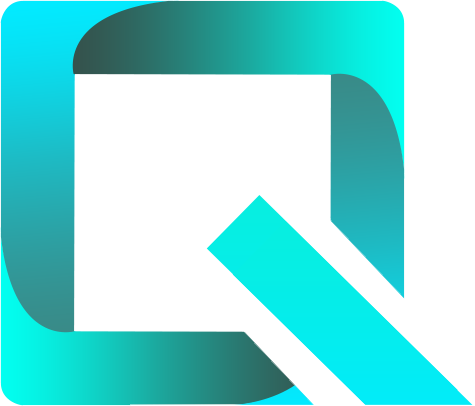This page relates to an older version 1.22 of Rich Filters for Jira Dashboards for Server & Data Center. See the documentation index for other versions, or for the Cloud version of Rich Filters.
The Rich Filter Time Series Chart Gadget
The Rich Filter Time Series Chart gadget displays time series as line charts. The gadget is based on a rich filter and works as follows:
- the collection of issues used for the charts can be furthered filtered using Rich Filter Controller gadgets;
- the gadget itself can further refine the results by applying a gadget-specific JQL that we call working query;
- the gadget can display together several time series as line charts in order to point out trends and hint at correlations between these;
- the gadget can display results based on different values types, like the number of issues (Issue Count) or the sum of number fields (such as Story Points);
- the gadget’s title can be customized.
Rich Filter Extensions
Rich filter extensions are separate Jira apps that can be installed on top of the Rich Filters for Jira Dashboards app to extend the rich filters and rich filter gadgets with new specific functionality.
New time series options are available if you add any of the these extensions:
Rich Filters::Time Tracking Dashboards allows you to display time series based on Worklog Date and Worklog Time Spent and to apply additional work log filters
Rich Filters::Service Desk Dashboards allows you to display time series based on SLA fields and values: SLA Completed, Met, Breached, %Met, %Breached, or Average
Configuring the Rich Filter Time Series Chart Gadget
Add a new or edit an existing Rich Filter Time Series Chart gadget in your Jira dashboard. The configuration form of the gadget will be displayed:
Edit the gadget configuration as described in the following table:
| Setting | Description | ||
|---|---|---|---|
| Title | Optionally, you can customize the title of the gadget. If left blank, the default title will be Rich Filter Time Series Chart. | ||
| Rich Filter | Select the rich filter the gadget will use. Click on the Rich Filter button to display the list of rich filters; you can either scroll through or use the search box to find the filter you need. The gadgets’ configuration forms only show the rich filters you are allowed to view. See the section on permissions for details. The link in the description line below the Rich Filter button opens a new page with the configuration of the selected rich filter. Also, when the gadget is in display mode, you can navigate directly to the rich filter of the gadget using the Rich Filter option in the menu at the top right of the gadget. | ||
| Working Query | The working query is a JQL query that is combined with the base filter of the rich filter before searching for issues. The working query is optional: if left empty, only the base Jira filter and the quick filters affect the issues displayed. | ||
| Aggregation periods | The length of the periods to be represented on the chart. It can be: Days, Weeks, Months, Quarters, or Years. | ||
| Time range | Together with its subsettings, this specifies the total time span for which the results will be computed. The time range subsettings depend on the option selected in the Time range drop-down as described below. | ||
| Time range | Time range subsetting | Description | |
Number of periods | Number of periods | Enter a number of periods. The time range corresponds to the specified number of consecutive aggregation periods. | |
| Direction | Select how the periods are positioned relative to the current period. The possible options are:
Fields like Created or Resolved always contain values that are in the past. Therefore you should always select Past for these fields as you will never find any issue created or resolved in the future. Fields like Due Date contain values that can be both in the past and in the future. For this field it is more useful to select Future in order to see statistics for the issues that are due soon, or Past & Future to also see the statistics for overdue issues. | ||
Between dates | Start date End date | Enter the two dates that define the limits of the time range (both specified dates are inclusive). The inputs can be selected from a date picker or entered manually as a calendar date (" | |
Contextual options | These are predefined Time range options which depend on the selected Aggregation period. Possible options are: This year, Last year, This quarter, Last quarter, This month, Last month. | ||
| Display Type | It can be:
| ||
| Value Type | Select the value type you wish to display. You can plot together only time series which have the same type of value. You can chose from the following options:
| ||
| Time Series | Select the time series you wish to display. Only the time series having the same value type as the selected option in the previous setting will be available for display in the gadget. | ||




